The Single European Sky could be the simplest and most effective way to reduce CO2 emissions in Europe. Also, it could be the most difficult.
In many key ways, the European Union is working like a single country – or at least it’s supposed to be. EU citizens have no border controls between member states. A lot of bureaucratic processes work in similar ways. People can look for and get a job in a fellow EU country, with no need for visas or sponsors. Oh and our driving licenses look the same, too.
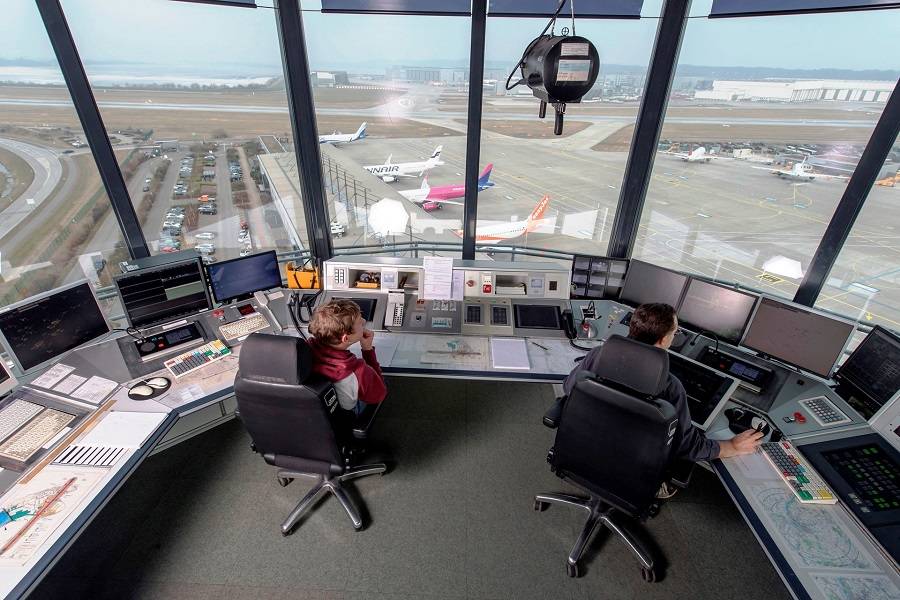
But EU nations are very much sticking to their own priorities, for many key matters. The Single European Sky is falling victim to these priorities, progressing slowly over two decades and more. And well before it, we’ve had Eurocontrol. This is an international European air traffic control body, that actually predates the EU or the EEC. And yet it took decades for all EU member states to even join Eurocontrol. This was over concerns about control of each country’s national airspace.
The Single European Sky initiative will take this concept further. Eurocontrol allowed European countries to co-operate, in managing air traffic control under one roof. But it didn’t actually unify it. Aircraft crews still answer to controllers in each country’s airspace, and plan their courses around areas and routes that each country defines, as it sees fit.
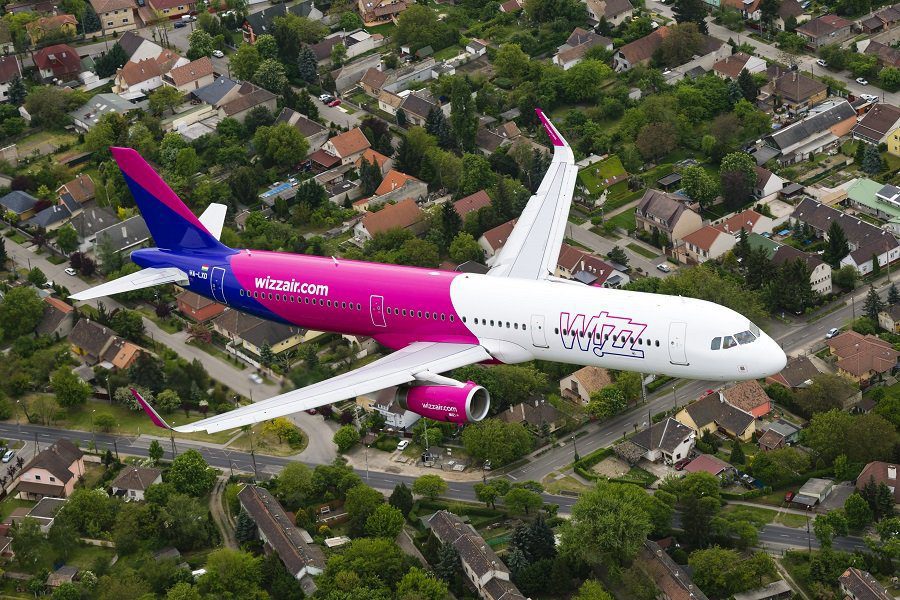
Zigzagging Routes And The Single European Sky
It’s not unusual to see aircraft flying in something other than a straight line, anywhere in the world. But in Europe, the situation is worse than most. And with large areas having very dense traffic, delays and inefficiencies can get quite spectacular. That’s if no country’s air traffic controllers decide to go on strike.
The Single European Sky initiative should be the solution to all this. Originally, the initiative’s main goal was to increase capacity. This was to relieve large, congested airspace areas, particularly in northern Europe. But the implications of streamlining European airspace on emissions, are now attracting more attention. Across the board, estimates put the savings of introducing the Single European Sky at 10% of current CO2 levels.
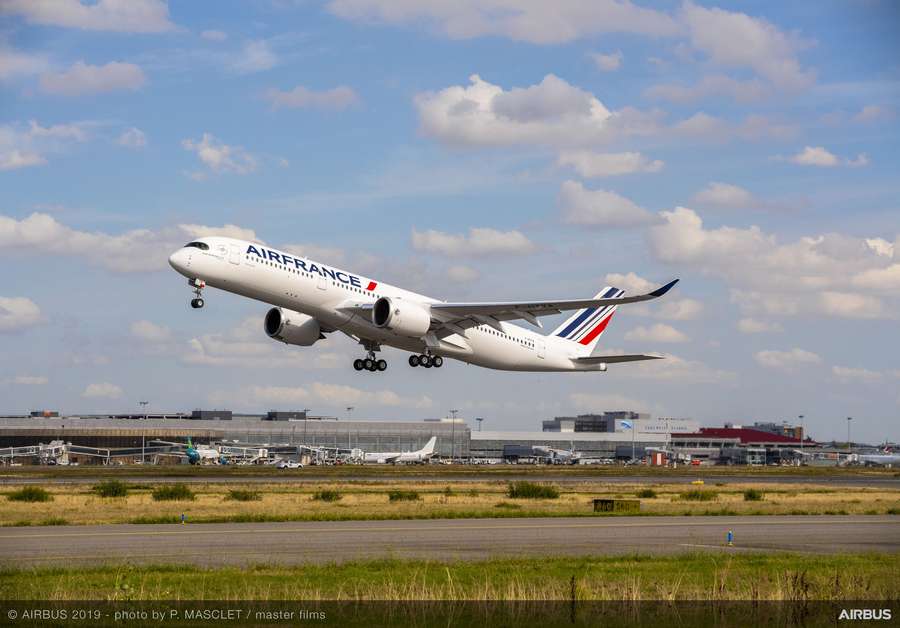
And in aviation, for “CO2 savings” we can always substitute “fuel savings”. Fuel is the main running cost for most airlines. For European Low-Cost Carriers (LCCs), that operate almost exclusively in this airspace, the savings could be as much as 15%. That’s according to easyJet CEO Johan Lundgren, who states:
“We can get there [net zero emissions by 2050], but it involves a number of things, including some things that sit outside our control. The introduction of the Single European Sky, as an example. We know that if that was introduced today, at easyJet, just on our network, we would see a reduction of carbon emissions of 15% … This is a political decision that can take place right now.”
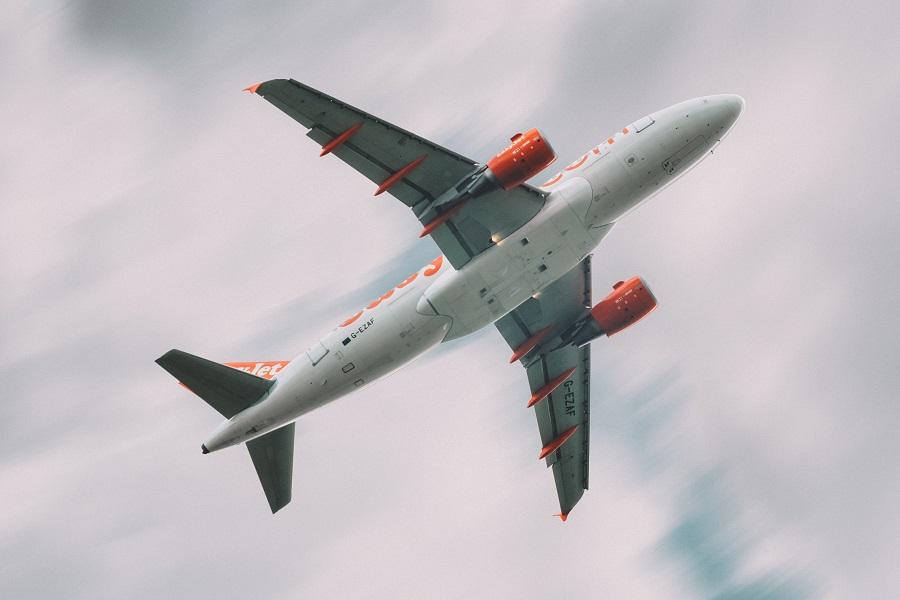
Politics, Borders and The Environment
It’s certainly a political decision, but it is one that politicians of over 40 countries have to make together. The Single European Sky may be the epitome of “easier said than done”. A lot of current ‘diversions’ in European airspace have to do with restricted, prohibited and other areas of national interest. Passing control of such areas to foreign controllers doesn’t sit well with many – despite existing military links between EU countries.
But a 10% or 15% saving in fuel and emissions is gargantuan, by aviation standards. This is the difference in per-seat fuel efficiency between a 737-800 and a 737 MAX-8. Or between an A321ceo and a neo, if you prefer. Except that to make it happen, buying new planes isn’t necessary. If countries can agree on the Single European Sky initiative, it can bring these savings tomorrow.
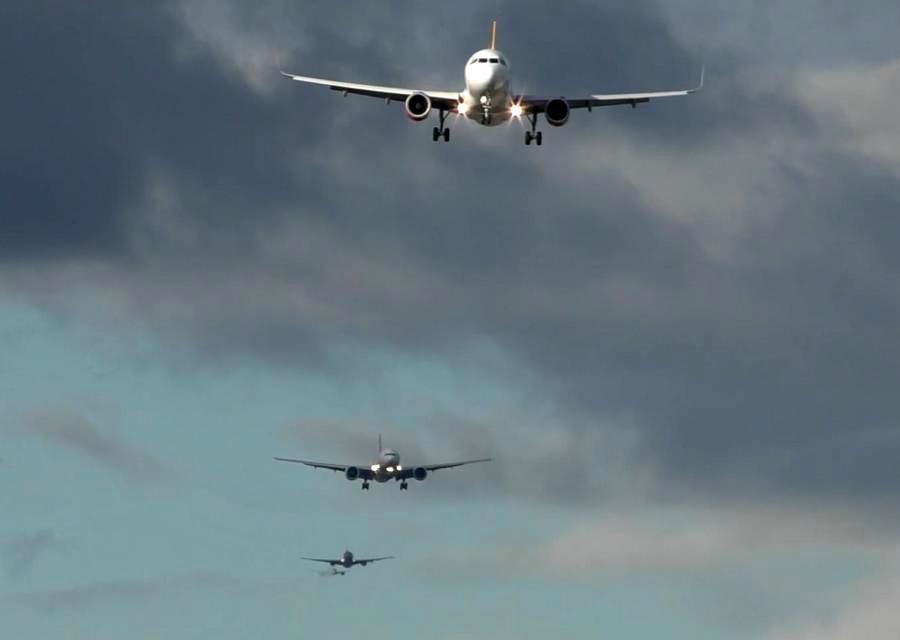
We often need to be careful, describing how LCCs and flag carriers feel about certain political and other initiatives. But this is one of those rare topics that all airlines agree on. IATA’s statements mirror those of easyJet, Ryanair and everybody else. They all agree that the issue isn’t a technological one. The Single European Sky doesn’t require additional ground infrastructure (quite the contrary) or aircraft equipment.
There may well be innovations that will help streamline ATC operations further. We analyzed 4D-TBO, some months ago. This is one of many proposed digital air traffic management systems, that promise to minimize holding patterns.
But that is a separate matter. The road towards zero emissions will have many such steps, big and small. The Single European Sky promises big gains, for what is essentially a simple organizational change. But “simple” and “easy” are very different concepts.



